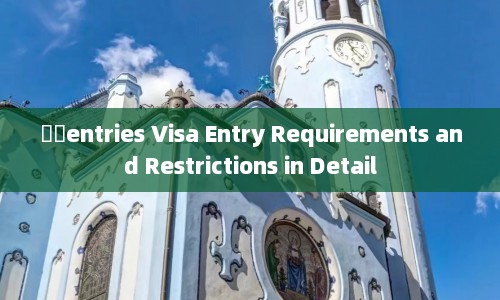签证entries Visa Entry Requirements and Restrictions in Detail

When planning a trip overseas, obtaining a visa is often a crucial step. A visa is a document that allows you to enter a foreign country for a specific period and reason. However, the process of obtaining a visa isn't always cut and dry, as there are different types of visas and entry requirements to be considered. Let's delve deeper into visa entries, requirements, and restrictions.
Types of Visa Entries
There are generally two types of visa entries: single-entry and multiple-entry. A single-entry visa means that you can only enter the foreign country once. If you leave the country, you will have to obtain a new visa to return. A multiple-entry visa, on the other hand, permits you to enter and leave the country multiple times within a specified period. Multiple-entry visas are generally more expensive than single-entry visas.
Requirements for Obtaining a Visa
Every country has its own set of visa requirements, so you will need to research the specific requirements for the country you plan to visit. However, some common requirements include a valid passport, a recent photograph, a completed visa application form, proof of financial support, and a letter of invitation (if you're visiting someone). Depending on where you're visiting, you may also need to provide a travel itinerary, proof of accommodation, and evidence of a return ticket.
Restricted Entry and Special Visa Requirements
Some countries have restrictions on visitor's entry, often due to political or security concerns. For example, North Korea, Iran, and Syria are countries where U.S. citizens currently cannot enter without permission from the government. Certain countries also require special visas for specific purposes, such as work visas or student visas. These visas often have additional requirements, such as proof of employment or enrollment in a university program.
Visa Exemptions for Certain Nationalities
It's essential to note that some countries have visa exemptions for visitors from certain nationalities. For example, U.S. citizens can stay up to 90 days in the Schengen area (which includes most of Europe) without a visa. However, visitors must ensure that they meet all the requirements for visa exemption, such as having a valid passport and the appropriate travel documentation.
Conclusion
In conclusion, obtaining a visa is an essential step when visiting a foreign country. Remember to research the specific requirements for the country you plan to visit and budget for any visa fees. As visa entry requirements and restrictions can change frequently, be sure to keep up-to-date with any updates and check with the relevant authorities before making any travel plans.
